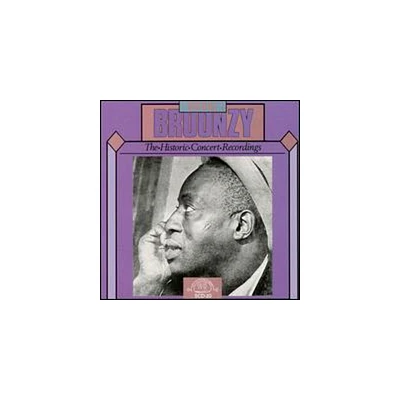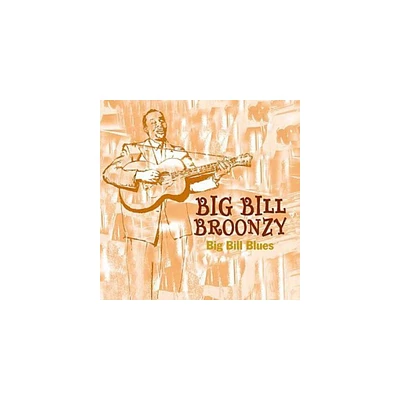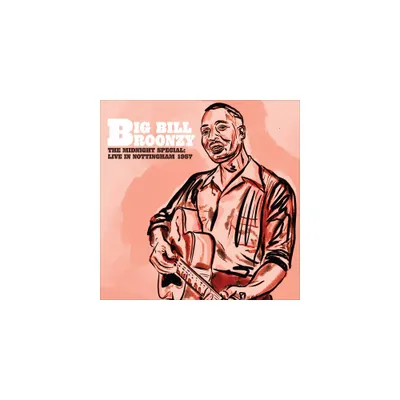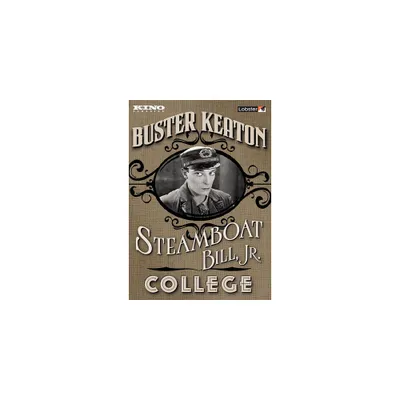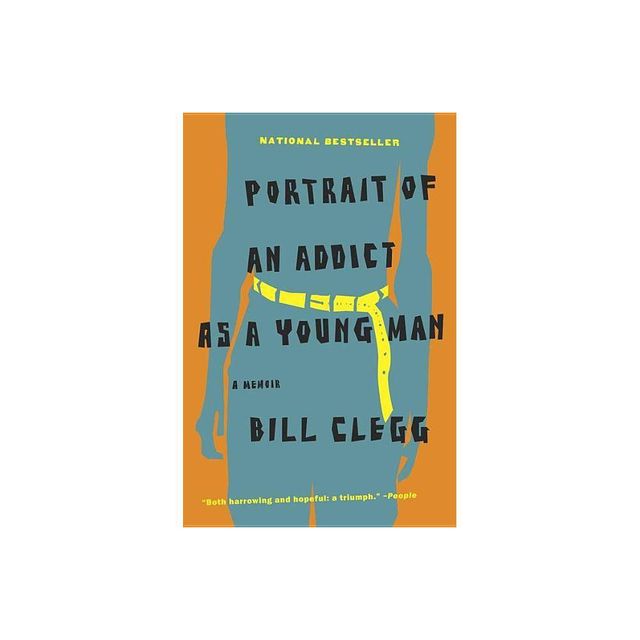Home
The Young Big Bill Broonzy (1928-1935)
Loading Inventory...
Barnes and Noble
The Young Big Bill Broonzy (1928-1935)
Current price: $19.99


Barnes and Noble
The Young Big Bill Broonzy (1928-1935)
Current price: $19.99
Loading Inventory...
Size: OS
*Product Information may vary - to confirm product availability, pricing, and additional information please contact Barnes and Noble
Big Bill Broonzy
was one of the few
country blues
musicians of the '20s and '30s to find success when the music evolved into an electric, urbanized form. From his initial sides with
Paramount
in 1928, he followed the music's development closely. Switching to electric guitar and adding drums to his music in the late 1930s, he helped pave the way for the Chicago bluesmen that followed him. Even though his music continued to contain echoes of his rural background,
Broonzy
's reversion to a
folk-blues
style (popular amongst white audiences) in the 1950s was viewed by purists as an inauthentic stance. The truth is that experts have always had a difficult time classifying
's music. Even on the early sides collected on
The Young Bill Broonzy (1928-1935)
, the guitarist alternates between standard 12-bar fare, brisk
rag
numbers, guitar and piano duets, and showcases of his flatpicking prowess. Regardless of the setting, however, one thing remains certain:
's guitar skills are superb. He was an exceptional flatpicker, capable of dazzling with rapid, single note runs. Proof is provided on
"I Can't Be Satisfied"
(with Hokum Boy
Frank Brasswell
on second guitar) and the classic
"How You Want It Done?"
was also criticized for relying, more than most, on the key of C (favored by
ragtime
musicians), though a song like
"Skoodle Do Do"
demonstrates the guitarist's ability to construct an unconventional arrangement regardless. In addition to
Brasswell
,
is joined by
Steel Smith
(six-string banjo) and
Georgia Tom Dorsey
(piano) on various selections. Along with the companion set
Do That Guitar Rag
, this is quite simply the finest collection of
's timeless, early sides available. ~ Nathan Bush
was one of the few
country blues
musicians of the '20s and '30s to find success when the music evolved into an electric, urbanized form. From his initial sides with
Paramount
in 1928, he followed the music's development closely. Switching to electric guitar and adding drums to his music in the late 1930s, he helped pave the way for the Chicago bluesmen that followed him. Even though his music continued to contain echoes of his rural background,
Broonzy
's reversion to a
folk-blues
style (popular amongst white audiences) in the 1950s was viewed by purists as an inauthentic stance. The truth is that experts have always had a difficult time classifying
's music. Even on the early sides collected on
The Young Bill Broonzy (1928-1935)
, the guitarist alternates between standard 12-bar fare, brisk
rag
numbers, guitar and piano duets, and showcases of his flatpicking prowess. Regardless of the setting, however, one thing remains certain:
's guitar skills are superb. He was an exceptional flatpicker, capable of dazzling with rapid, single note runs. Proof is provided on
"I Can't Be Satisfied"
(with Hokum Boy
Frank Brasswell
on second guitar) and the classic
"How You Want It Done?"
was also criticized for relying, more than most, on the key of C (favored by
ragtime
musicians), though a song like
"Skoodle Do Do"
demonstrates the guitarist's ability to construct an unconventional arrangement regardless. In addition to
Brasswell
,
is joined by
Steel Smith
(six-string banjo) and
Georgia Tom Dorsey
(piano) on various selections. Along with the companion set
Do That Guitar Rag
, this is quite simply the finest collection of
's timeless, early sides available. ~ Nathan Bush


